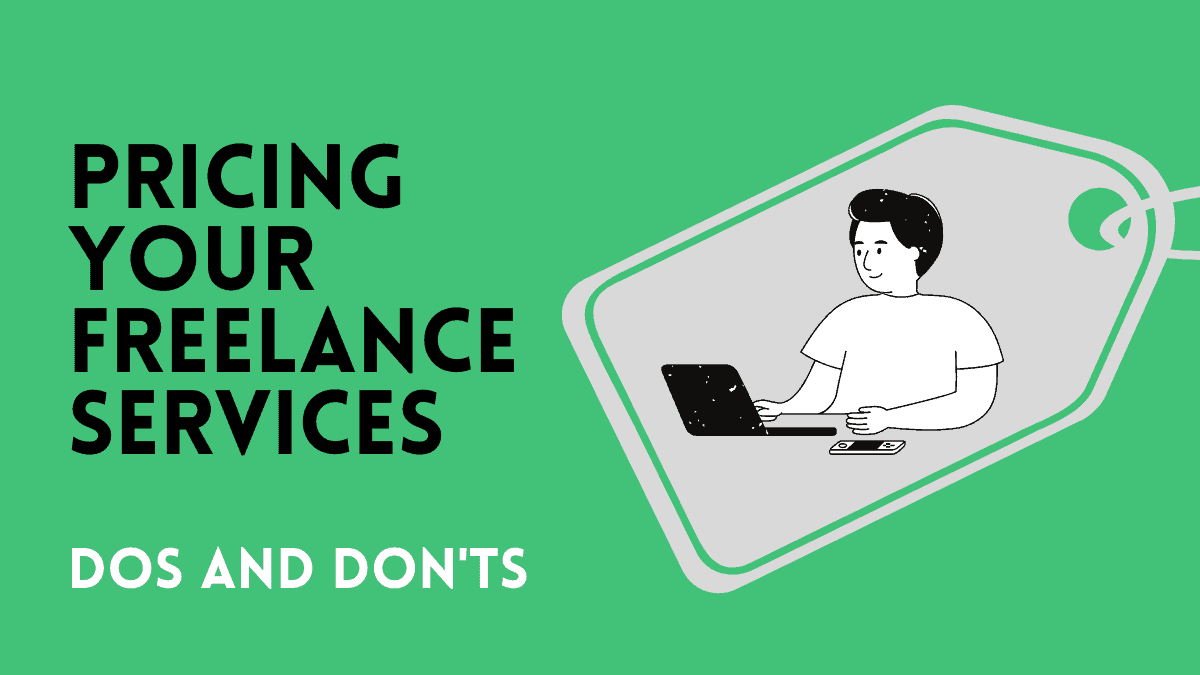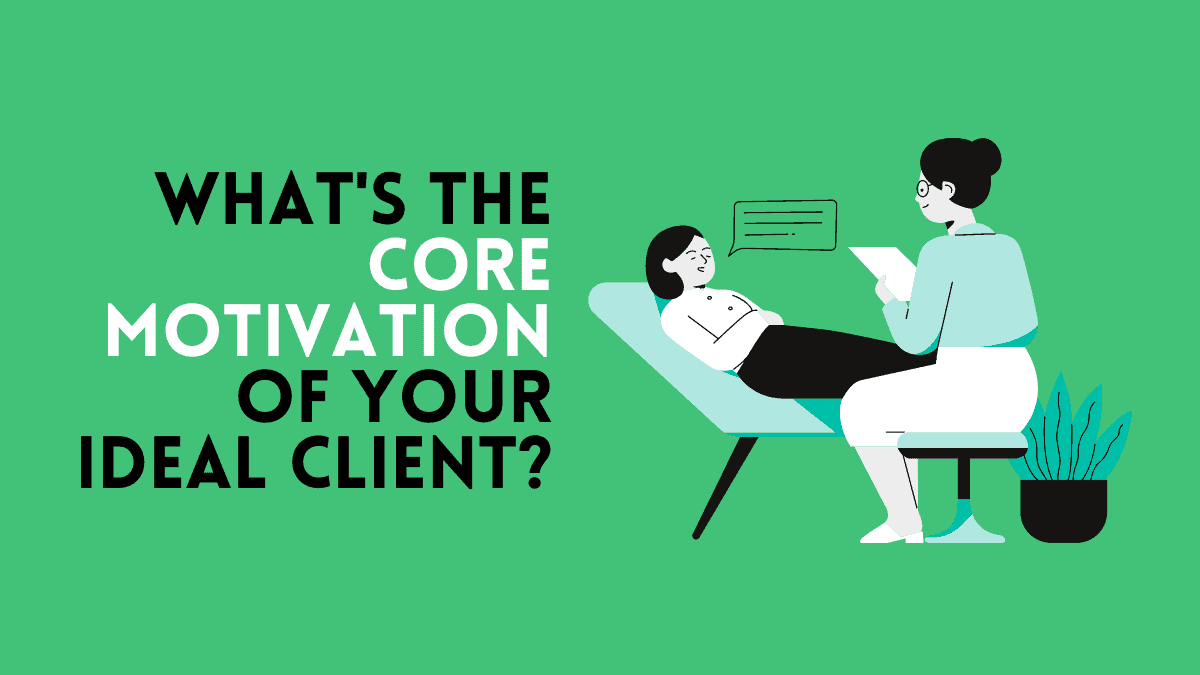Let’s be honest. Pricing your services as a freelancer or solopreneur is the worst.
While making money is an integral part of what we do, it’s so tough to put a price tag on it. This is especially true for those of us who trade mostly in time rather than physical labor.
How can you recognize your worth in the market?
How do you communicate that worth to the world?
This article will take you through the practical steps to figuring it all out.
So yes, I promised this article would be practical and start it with a theoretical point.
Bear with me as it will all make sense in the end. Before we go through the process of pricing our services there are two aspects of mindset to settle.
The first is imposter syndrome.
An article on Verywell Mind defines imposter syndrome as “an internal experience of believing that you are not as competent as others perceive you to be”.
It has been proven in psychological studies to be a real thing. And while you may not recognize it in yourself at first, imposter syndrome has many other sneaky ways of manifesting:
Most importantly for our purposes today, imposter syndrome makes us short-change our services.
If you feel like you’re not good enough for the big bucks, you won’t ask for them.
And can you charge too little? Absolutely! There is such a thing as being too cheap, where your dream clients won’t even consider you because they think you are low quality.
How high quality would you consider a $50 iPhone? Do you see my point?
Undercharging is often linked to self worth, so tackling imposter syndrome is key.
Tackling imposter syndrome is a huge topic that we will get into at a later date, but my 3 tips would be:
When you read advice about knowing your value, it tends to focus on undercharging.
What about overcharging? Is it possible to charge too much?
Yes, you can. But not in the way you might think at first.
It is true that there are professionals that do what you do at every budget scale on the market.
There are photographers that charge as much as $10,000 to shoot someone’s wedding. By contrast, there are photographers who charge as little as $1000. I should know – I have worked alongside both.
Overcharging is not really about the market. It is more about how comfortable you feel with that price tag.
In woo-woo circles, they call this your “energetic frequency to money”. *eye roll*
I call it the “ick factor”.
It is that amount of money that just makes you feel… icky to receive.
Addressing your imposter syndrome will help you raise your prices to a level that is properly compensating you for your time. The ick factor stops you from charging so much that you feel like a charlatan.
If you feel like you are charging too much for your services, you won’t be confident in communicating your value.
Your customers can tell if you aren’t fully confident in your pricing. You want to find the price that sits right with you economically and psychologically.
Right – it’s time to price your services. Let’s dive into some dos and don’ts.

There are so many resources out there to address how you feel about receiving money in general. Whether it is imposter syndrome, the ick factor, self-sabotage or self-worth issues – these can all get in the way of your charging what you are worth.
Identifying them in yourself and making steps to work through them will help with your business success overall.
Yes, I did spend 600 whole words talking about mindset, but a perfect mindset is impossible.
Pouring over your pricing for too long is just procrastinating. Just:
Don’t agonize over it for too long as you can always change it later!
The concept of an ideal client or client avatar is used for businesses of all sizes. As a small business owner, it can be helpful to define your audience as a single person. Your buyer. Not all the buyers out there – yours.
Some key things to think about are:
It is tempting to crowdsource for your prices. You ask your nearest and dearest what they would pay for your services.
The question is, are those people your ideal clients?
If they aren’t, then their opinion really doesn’t matter. Neither do your competitors. Your prices need to appeal to your specific ideal client, not the entire world.
Starting my business I thought my overheads were tiny. Just my time, gas and taxes.
Oh, how naive I was. There’s accommodation for business travel, phone bills, electricity, office space, assistants, web hosting, SaaS accounts, physical equipment and so much more.
It all adds up and should be factored into your fee.
Admittedly, my imposter syndrome was too strong to charge what I really wanted to charge in the beginning.
I started my destination wedding planning services at $2300 in 2018. I increased my prices a little bit after every 3 couples that booked me. I now charge $6500 on average.
It is completely fine to start a little lower (still covering expenses) and slowly increase. It’s a process of balancing the ick factor with growth and worth as a professional.
I am not a salesy person, but I am a great closer. Over the years I have learned the art of proving to my potential clients that I will make their lives easier and they should pay me X for it.
Relaying your worth to your potential client base requires three things:
Let’s take an example.
We can apply the above three things to a personal trainer who works with older clients who are new to the gym.
Now try this exercise for yourself. What is it that YOU truly offer to clients?

Discovering the core motivation of why your ideal client would want to book you makes it easier to write sales copy do consultations, and market on social media.
Once you crack that, your services seem priceless!
Pricing freelance services can be daunting. It feels strange to put a price tag on our passions. So much of our psychology can play a role in where we price ourselves in the market, rather than how much we are truly worth.
I want to end this by saying, again, please don’t stress about this too much.
Agonizing over your pricing only serves to delay your success. It is natural to change your pricing over time, increasing as you get more established. Work with your psyche to feel confident in your services and you will eventually conquer your pricing too.
Olivia De Santos is a freelance writer, wedding planner and entrepreneur from London, UK. She's a world traveller, wordsmith, film buff, mental health advocate and shea butter enthusiast.